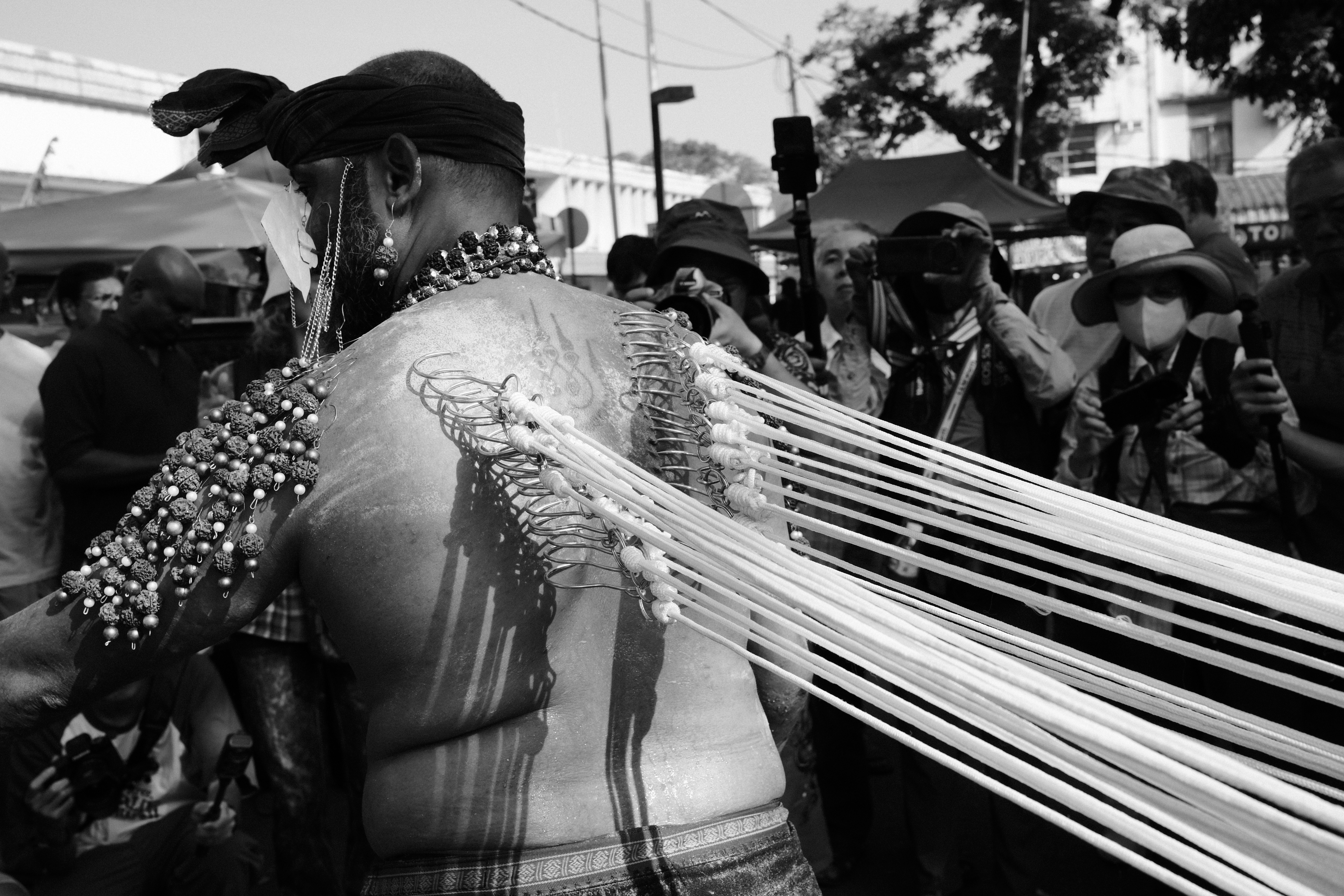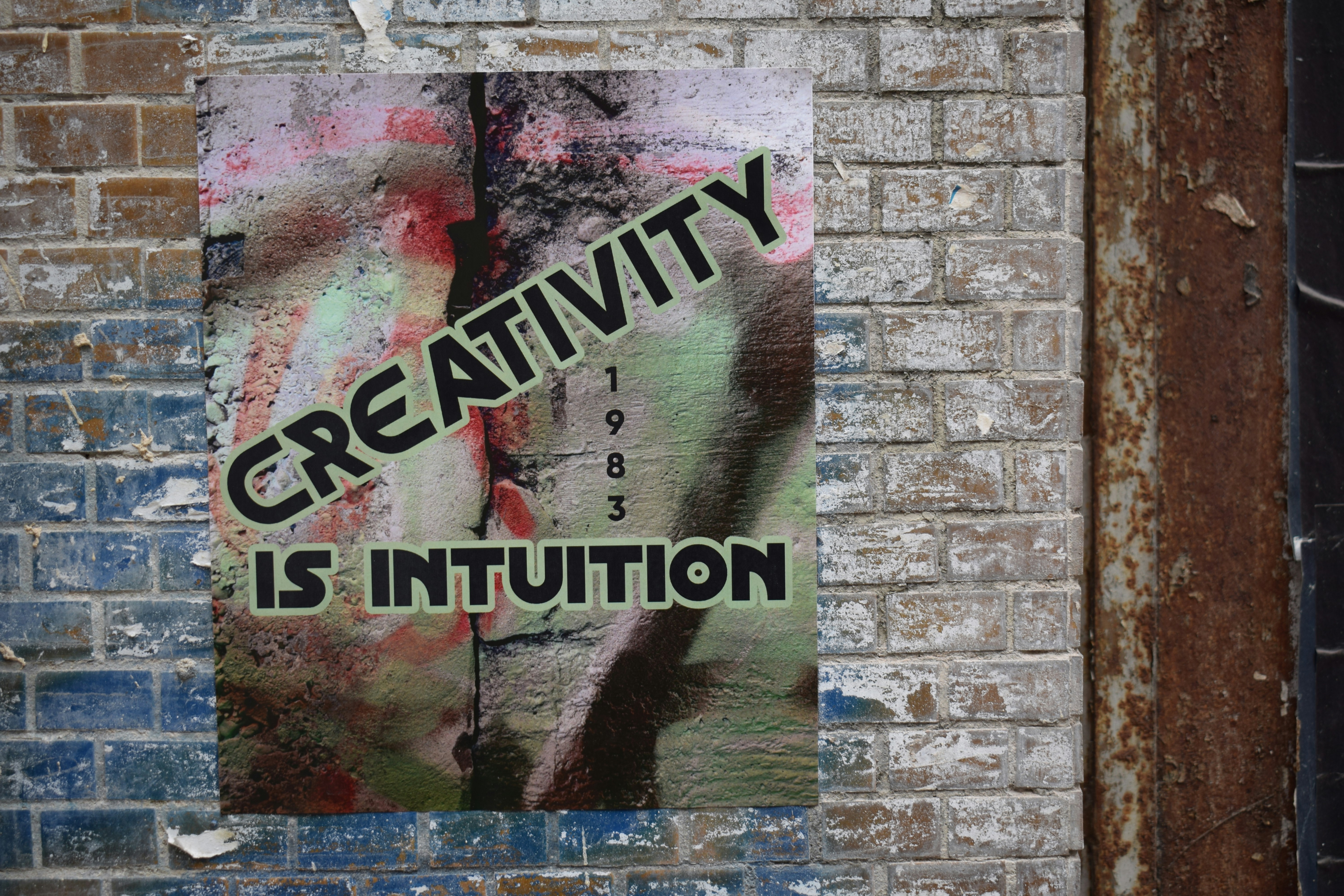Visual Symphony: Enhance Photography with Non-Visual Aids
Photography often conjures images of captivating visuals, but what if we dared to expand that definition? What if evoking emotions through a photograph could incorporate the senses of scent, sound, and touch? By doing so, photographers can create a multi-sensory experience that captivates viewers on a deeper level. In this ever-evolving digital landscape, the art of photography can transform into a vibrant symphony by pulling emotions and memories through storytelling techniques beyond mere visuals.
In this article, we’ll explore practical ways photographers can elevate viewer engagement by including non-visual elements. We’ll also review gear that assists in creating these unique experiences — from audio recorders that capture soundscapes to unique prints that feature textural elements and scent-infused spaces in galleries. Let’s embark on this imaginative journey together!
The Power of Multi-Sensory Experience in Photography
Photography is conventionally associated with the visual realm — the lens, the light, the composition. But what happens when we expand our palette? Incorporating sound, touch, and scent can evoke emotions and memories that visuals alone may not achieve. For instance, a photograph depicting a sunlit beach can conjure feelings of warmth, but a soundscape of crashing waves or the scent of saltwater can transport viewers back to their own seaside memories.
The concept of multi-sensory engagement isn’t purely theoretical. Research suggests that stimuli across multiple senses can strengthen memory recall and emotional connections (Harvard Business Review). When a viewer interacts with a photograph in tandem with other sensory inputs, they are more likely to forge a personal connection with the artwork.
Incorporating Soundscapes for Enhanced Context

Recognizing the value of sound, many photographers are experimenting with audio recording to enhance their work. A soundscape — a collection of ambient sounds that create a sonic environment — can introduce an emotional layer to still images. For example, documenting an urban environment? Capture background chatter, street musicians, or even the subtle hum of traffic. These sounds breathe life into your work.
If you're interested in enhancing your soundscape integration, check out our post on how soundscapes transform visual storytelling. Tools like the Zoom H1n Handy Recorder or the Tascam DR-05 offer high-quality audio capture, allowing photographers to seamlessly incorporate the essence of a moment into their storytelling.
Practical Tips for Capturing Sound

-
Choose the Right Location: Scout locations for rich, unique sounds that relate to your visual subject. A forest clearing will offer different auditory experiences than a bustling market.
-
Recording Techniques: Experiment with various recording techniques. Use directional microphones to capture specific sounds, or omnidirectional mics for a more immersive experience.
-
Editing and Integration: Utilize editing software to layer the audio into presentations or exhibitions, allowing viewers to listen while exploring your photography.
Textural Elements: The Touch of Artistry
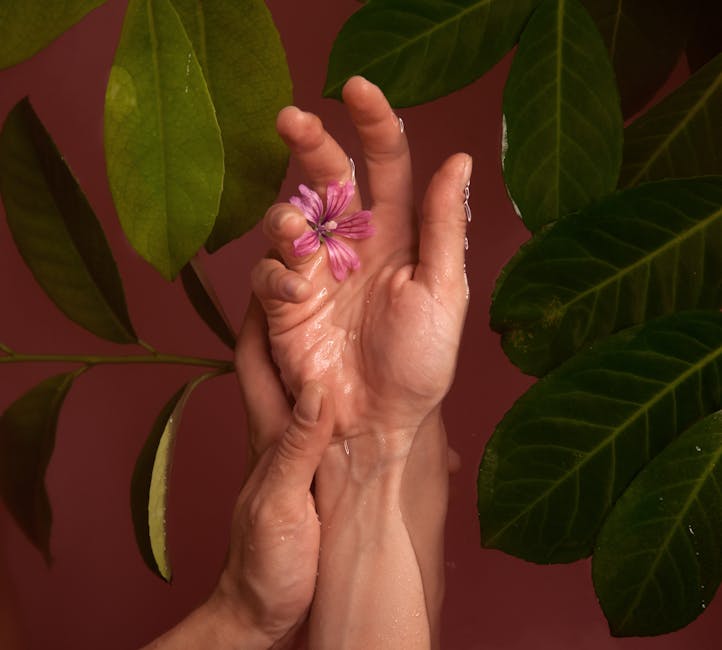
While sound can enrich our auditory senses, the tactile aspect introduces another dimension. The feel of an image influences the viewer's perception. Textured prints evoke curiosity, inviting viewers to interact more closely with the artwork.
Incorporating different materials — such as fabric, wood, or metal — into your prints can enhance tactile quality. For gear, consider the amazing capabilities of resin printing or textural papers that can be paired with your photographs. Photographers are increasingly adopting techniques like texturing photographs to invite engagement.
Tips for Creating Textured Experiences

-
Material Selection: Experiment with various textures for prints, such as canvas, matte, or even coarse surfaces. Each has a distinctive impact on viewer interaction.
-
Use of Layers: Consider layering your prints with elements like fabric or additional objects to create a three-dimensional experience.
-
Participatory Installations: In galleries, provide tactile experiences by utilizing different textures in frames or display setups that allow viewers to touch and feel.
Scent-infused Spaces: A New Frontier
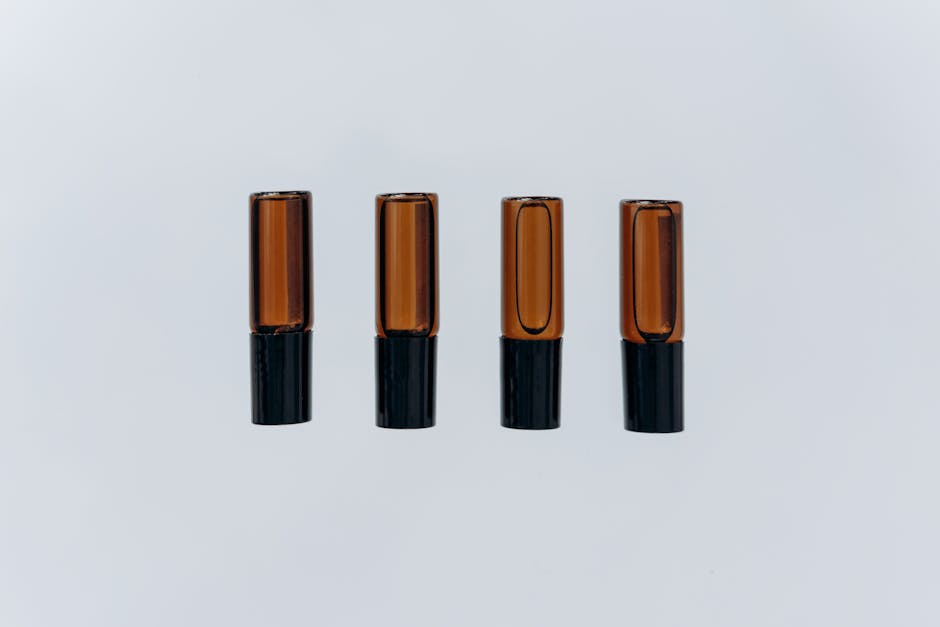
The olfactory sense, often overlooked, can have a profound impact. Just as certain scents can summon vivid memories, incorporating scent into galleries or exhibitions can help create a more holistic experience. For instance, the smell of freshly cut grass can enhance landscape photography, making viewers reminisce about nostalgic summertime moments.
How to Incorporate Scent into Photography

-
Scent Marketing Techniques: Use essential oils or scent diffusers during exhibitions to align with the themes of your work.
-
Interactive Scents: Consider offering scents connected to your artwork — for example, an exhibition on food photography could have the aroma of spices correlating with the visuals.
-
Storytelling with Scent: Create narrative-driven installations where scent plays an integral role, ensuring a deeply immersive experience for viewers.
Enhancing Storytelling Through Innovation

Beyond non-visual aids, storytelling remains at photography's heart. Photographers can expand their narratives by creatively linking soundscapes, textures, and scents to guide their audience through a visual journey.
The Role of Narrative in Photography

Storytelling isn’t merely about what you present; it’s the arc you create surrounding a moment. A single image can tell a story, but the viewer's experience from start to finish can enhance that narrative tenfold. From the soundtrack that accompanies an exhibition’s opening video to the interactive elements scattered throughout, integrating non-visual elements can engage people’s emotions in unexpected ways.
Gear Reviews for a Multi-Sensory Experience

To successfully implement these techniques, using the right gear becomes paramount. Here, we take a closer look at a few product recommendations across audio, tactile, and olfactory options.
Audio Recording Devices
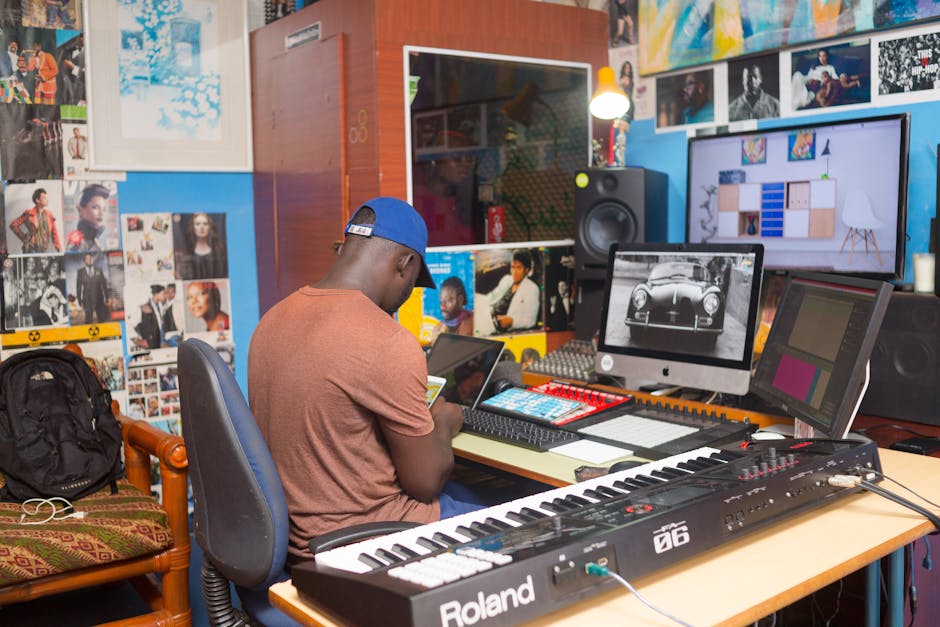
-
Zoom H1n Handy Recorder: Compact and versatile, this device captures high-quality audio for natural soundscapes. It has an easy-to-use interface and can be paired with a variety of microphones for diverse needs.
-
Tascam DR-05X: Another fantastic choice, the Tascam DR-05X boasts excellent low-noise floor performance and can easily capture ambient sounds in complex environments.
Textural Printing Options

-
Epson SureColor P400: Perfect for creating gallery-quality prints with a range of materials. The printer supports various media types, allowing you to explore different textures.
-
Luster Paper: Offers a beautiful balance between gloss and matte, enhancing textural visibility in printed works.
Scent Diffusion

-
ScentAir Commercial Diffuser: Ideal for larger spaces, this diffuser connects to your home or gallery’s HVAC system to create an immersive olfactory environment.
-
Johnny's Selected Seeds Herbal Scent Pack: For smaller spaces or installations, use these scent packs to create themed scents tied to your photography.
Final Thoughts: A New Era of Photography

The evolution of photography into a multi-sensory space opens up endless possibilities. By utilizing sound, texture, and scent, photographers can create a profound connection with their audience, transforming their work into memorable experiences.
Whether you choose to capture the sound of rustling leaves, showcase textured prints, or infuse your exhibitions with evocative aromas, the key lies in engaging the senses. As we navigate through the digital age, let us not forget the poignant ways to enrich our storytelling beyond the visual realm.
Ultimately, embracing these non-visual aids allows us to tap into deeper emotional reserves, proving that photography is not just a static art form but a vibrant, living experience. If you find inspiration in creating your own multi-sensory photography journey, be sure to explore resources on color psychology and the power of storytelling through objects, both integral to enhancing viewer engagement.

